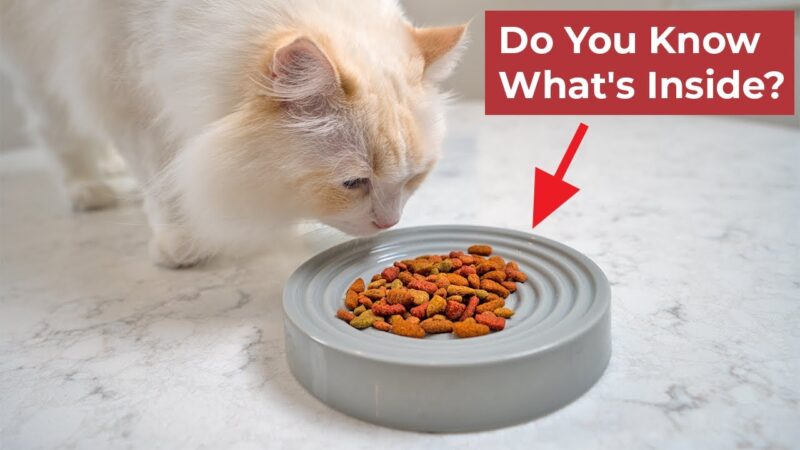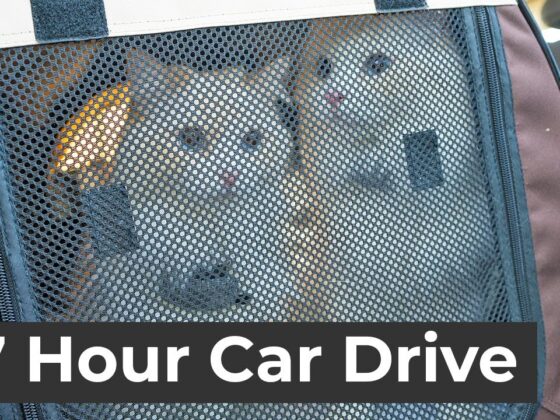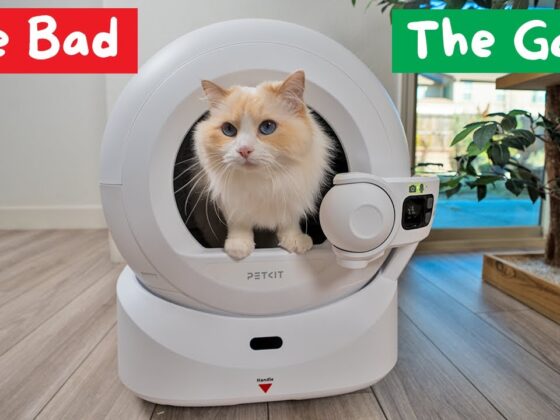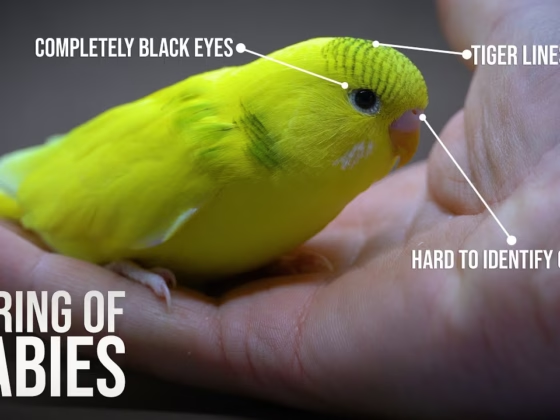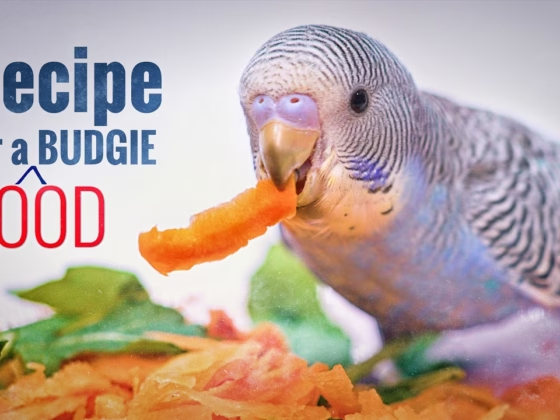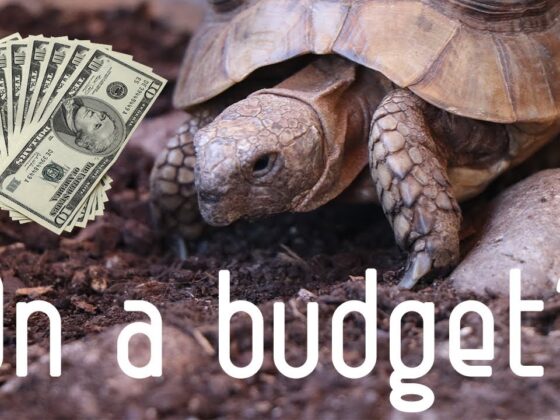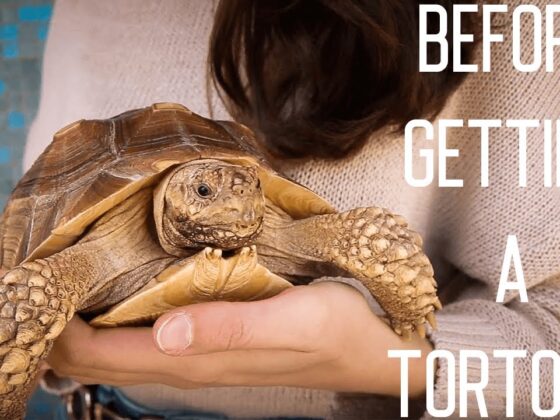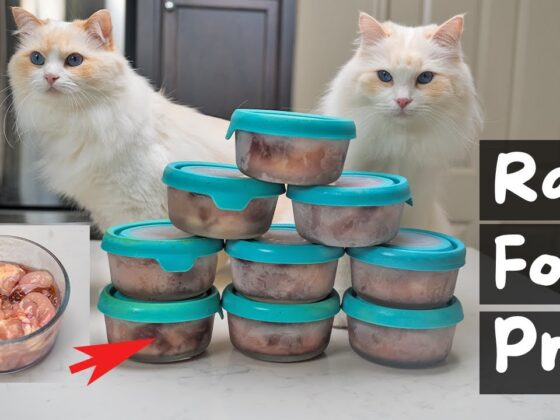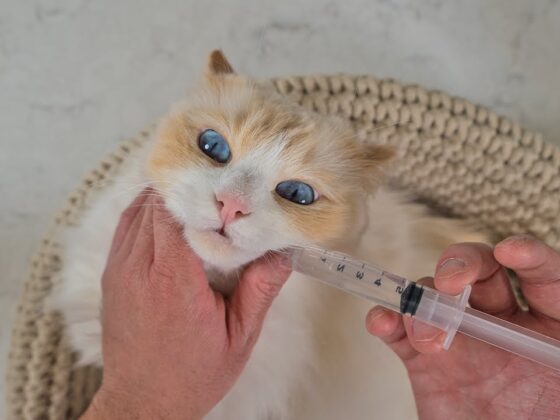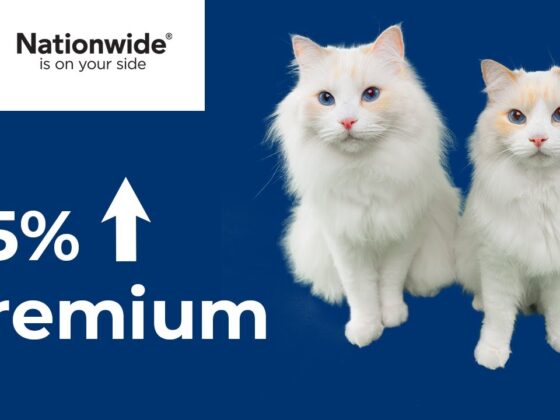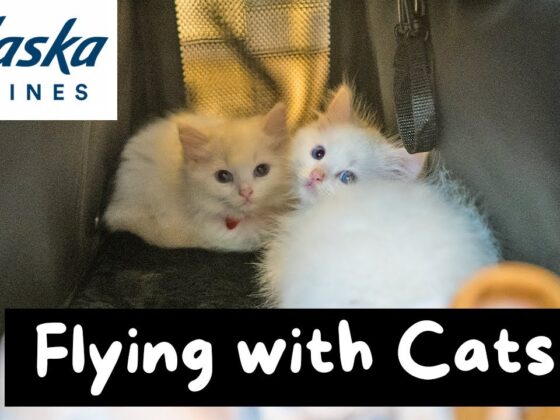Does the sheer number of cat food options leave you feeling overwhelmed, wondering if you’re truly feeding your feline friend the best?
Navigating the cat food aisle can feel like a maze, filled with sleek packaging and grand health claims. But the truth is, not all cat food is created equal. A surprising number of products contain low-quality or even harmful ingredients that, over time, can lead to serious health issues like weight gain, diabetes, chronic illness, and organ damage. This comprehensive guide will help you cut through the marketing noise, reveal the ingredients you absolutely must avoid, and empower you to select a diet that genuinely supports your cat’s long-term well-being and vitality.
Ingredients to Avoid for Your Cat’s Health
Understanding what goes into your cat’s bowl is paramount. Here are the key culprits to watch out for that can compromise their health:
1. Artificial Preservatives: Hidden Dangers
To extend shelf life, many commercial cat foods include artificial preservatives like Butylated Hydroxyanisole (BHA), Butylated Hydroxytoluene (BHT), and Ethoxyquin. While they keep food fresh, studies have linked these chemicals to organ damage, including the kidneys and liver, and even cancer in rats. Ethoxyquin, for instance, has been banned in the European Union due to safety concerns. Always opt for cat foods that use natural preservatives such as Vitamin C (ascorbic acid) or Vitamin E (tocopherols).
2. Unspecified Meat By-Products: A Lack of Transparency
When you see “meat by-products” on an ingredient list, it’s a major red flag. These often contain low-quality parts of animals not typically consumed by humans—think bones, blood, heads, and feet. The biggest concern is the lack of transparency; the source isn’t clearly labeled and could come from any animal. As the Cat Butler wisely advises, “If it isn’t fit for human consumption, you probably shouldn’t feed it to your cat.” Some by-products can even come from ‘4D Meats’ (dead, diseased, dying, or disabled animals) or euthanized pets, posing significant health risks due to contamination and poor nutritional value. Always look for clearly named, high-quality animal protein sources like “chicken meal” or “salmon.”
3. Artificial Colors: For Owners, Not Cats
Do you ever wonder why cat food comes in vibrant reds or greens? It’s not for your cat’s benefit! Artificial colors like Red 40, Yellow 5, Blue 2, and Titanium Dioxide are added purely for human appeal. Cats don’t perceive colors in the same way humans do, so these dyes serve no nutritional purpose for them. Worse yet, these petroleum-based or coal tar derivatives have been linked to allergies, hyperactivity, and cellular damage that can potentially lead to cancer. Choose natural, uncolored cat foods.
4. Carbohydrate Fillers: Not for Obligate Carnivores
Many commercial cat foods are loaded with cheap carbohydrate fillers like pea protein, corn gluten, wheat gluten, and soybean. These are used to artificially boost protein content and reduce manufacturing costs. However, cats are obligate carnivores, meaning their digestive systems are biologically designed to process meat, not carbohydrates. High-carb diets can lead to serious issues such as obesity and diabetes due to a limited ability to metabolize sugars and starches. They can also worsen food sensitivities and allergies. Prioritize cat foods with high-quality animal protein as the primary ingredient.
5. Artificial Flavors: Masking Low Quality
If your cat goes wild for cheap food, it might be due to artificial flavors designed to mask low-quality ingredients. One common example is sodium pyrophosphate (tetrasodium pyrophosphate), an inorganic phosphate compound used as a texturizer and flavor enhancer. While it makes food palatable, its high phosphorus content can strain the kidneys, especially in cats prone to kidney disease (CKD). Many veterinarians advise avoiding it. Reputable brands will list ingredients you understand; if you see “natural flavor” or “artificial flavor” without specific details, be wary.
6. Plant Oils: A Digestive Mismatch
Ingredients like soybean, canola, and sunflower oils are often included but are not ideal for cats. As carnivores, their bodies are specifically adapted to digest and utilize animal-based fats and proteins. They lack the digestive enzymes needed to efficiently convert plant-derived fatty acids into usable forms like EPA and DHA. This can lead to poor metabolism, little nutritional benefit, and extra strain on their liver and pancreas. Plant oils also go rancid quickly, impacting the freshness of the food. Always look for animal fats such as chicken fat or fish oil.
Making the Healthier Choice for Your Cat
The health and longevity of your feline companion depend significantly on their diet. It’s not about expensive packaging or marketing jargon, but about what’s actually inside the bag or can. Always read the label carefully and choose foods that prioritize real meat, limited processing, and clean, transparent ingredients. If you encounter an ingredient you don’t recognize, take the time to investigate and ensure it’s truly beneficial for your cat.
Have you noticed a positive change in your cat’s health after switching their food or avoiding certain ingredients? We’d love to hear your story and experiences in the comments below!
